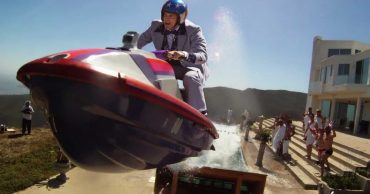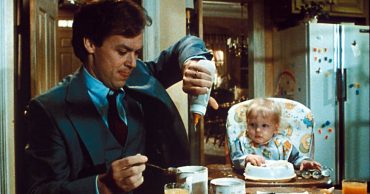Denis Villeneuve’s Sci-Fi: A Cinematic Puzzle with a Side of Style
When it comes to Denis Villeneuve’s contribution to the sci-fi genre, let’s just say the man knows how to stir the pot of narrative complexity with a dash of aesthetic flair. So, for all you sci-fi enthusiasts, film buffs, and Villeneuve admirers out there, buckle up as we dissect the mastery behind his rousing and stylish science fiction films in five not-so-simple steps.
Unraveling the Narrative Labyrinth of Arrival
First off, let’s talk about Arrival. This film doesn’t just walk the line of narrative sophistication; it cartwheels over it. Villeneuve takes the sci-fi trope of time and gives it a good ol’ shake, leaving us to piece together a puzzle that’s more complex than your grandma’s lasagna recipe. We have a short story you should read if you’re looking for strong sci-fi material: Story of Your Life. It’s a gem, but it’s not a movie. How can we adapt this?
, said Villeneuve. But adapt it they did, and what we got was a film that challenges our linear perceptions like no other.
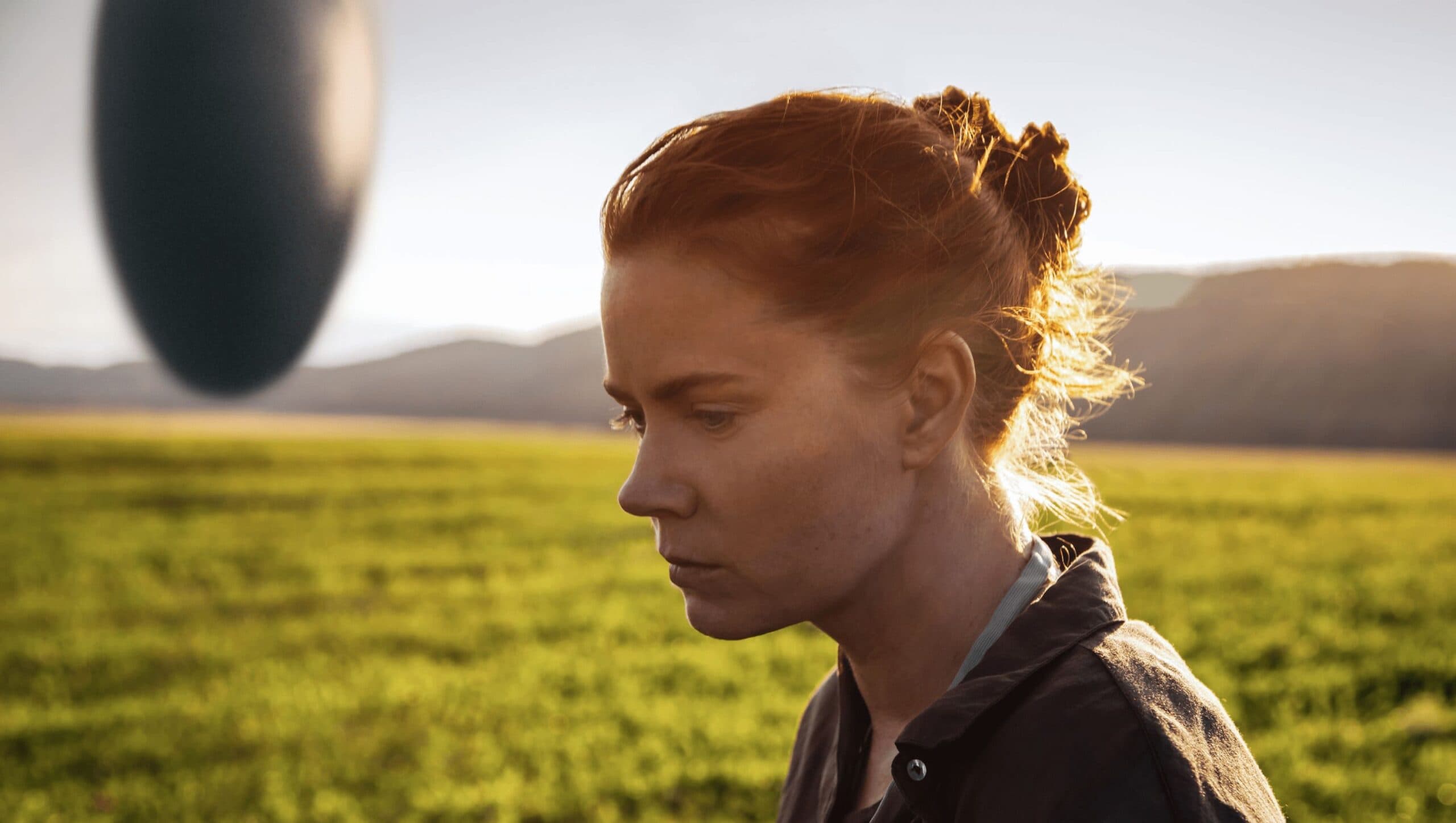
And let’s not overlook the subtleties. Villeneuve leaves a trail of breadcrumbs for us to follow, but he’s not about to hold our hands through an exposition dump. Some things are better left unexplained, like those gravity-defying moments inside the heptapods’ saucers where characters are sometimes standing and other times floating. It’s all part of the enigmatic charm that makes Arrival a brain-teaser worth every minute.
A Visual Feast in Blade Runner 2049
Now, onto Blade Runner 2049. If you thought the original Blade Runner was visually stunning, Villeneuve’s sequel is like that on steroids – and yes, I’m aware that sounds like hyperbole, but just roll with it. The use of color and light isn’t just for show; it’s storytelling with a painter’s touch. Matthew Kressel might have watched Blade Runner over a hundred times, but one look at this cityscape and you’ll understand why Villeneuve could be his new obsession.
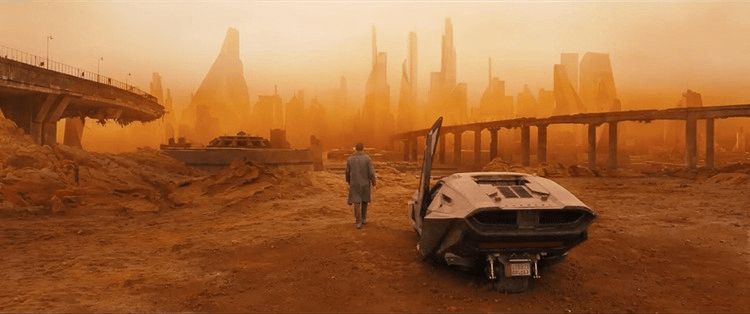
It’s an incredibly dark film, and yet the culmination, the ending of the movie is such a powerful moment of hope, of humanity,
which is exactly what we get in Blade Runner 2049 – a visual narrative that’s as much about style as it is about substance.
The Sonic Landscape of Dune
Moving to the dunes of Arrakis, Villeneuve’s Dune is an auditory experience that might just rival the best sound design in the known universe – at least according to audio director Arild Iversen. The soundscape aims for that ‘familiar, nostalgic, yet mystical’ vibe. And boy does it deliver. From the iconic Ornithopters to The Voice, every auditory element works in harmony to transport us to another world.
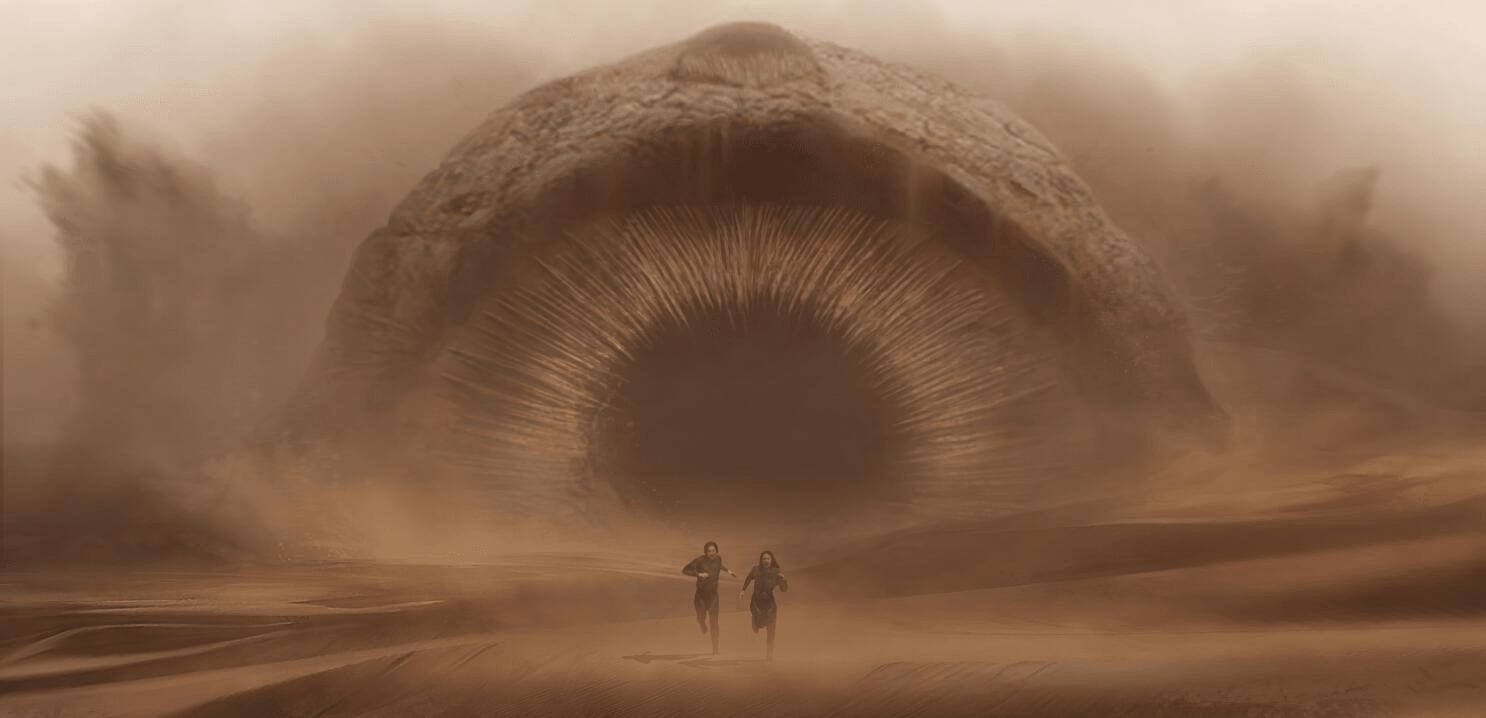
While we do have access to all the sounds from the movie, we are not obliged to use them,
remarks Iversen. But why fix what isn’t broken? The sound design by Mark Mangini is nothing short of incredible – so much so that even the game developers take notes.
Sicario: Crafting Tension with Precision
Villeneuve doesn’t just create tension; he crafts it like an artisan. In Sicario, every gunshot serves a purpose beyond mere action – it’s about moving the story forward. And trust me when I say that this isn’t your average Hollywood bang-bang show. It’s calculated suspense that keeps you on your toes without resorting to cheap thrills.
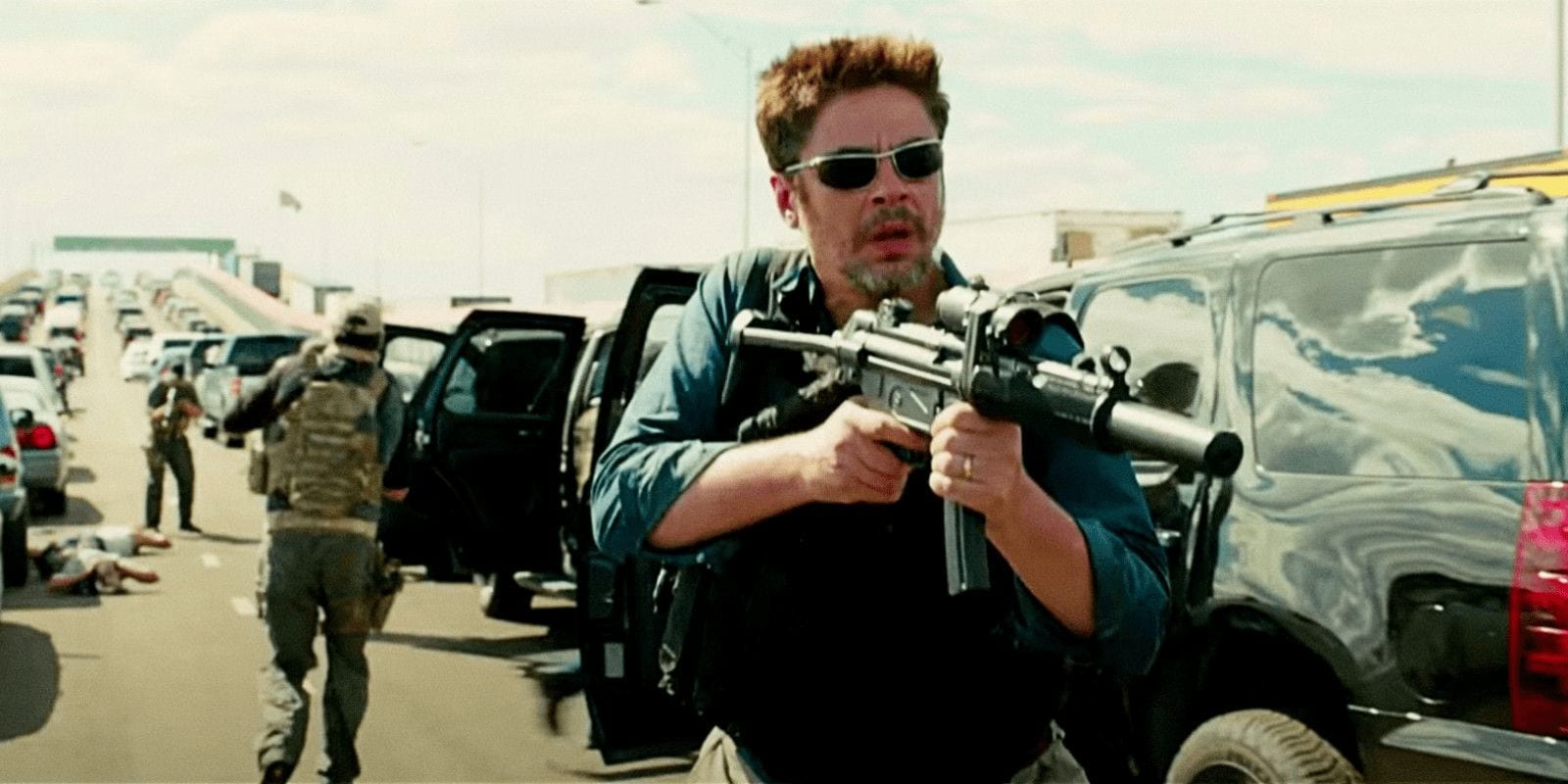
The partnership between Villeneuve and cinematographer Roger Deakins creates visuals that aren’t just beautiful; they’re integral to the dark mood and thematic depth of the film. It’s like they’re whispering sweet nothings of dread into your ear – and you can’t help but listen.
The Depth Behind Villeneuve’s Themes
Last but not least, let’s dive into Villeneuve’s thematic ocean. Whether we’re talking existential dread in Arrival or humanity’s glimmer of hope in Blade Runner 2049, there’s no shallow end here. Everything boils down to themes that make you ponder your very existence – or at least question why you can’t seem to find your car keys when you need them most.
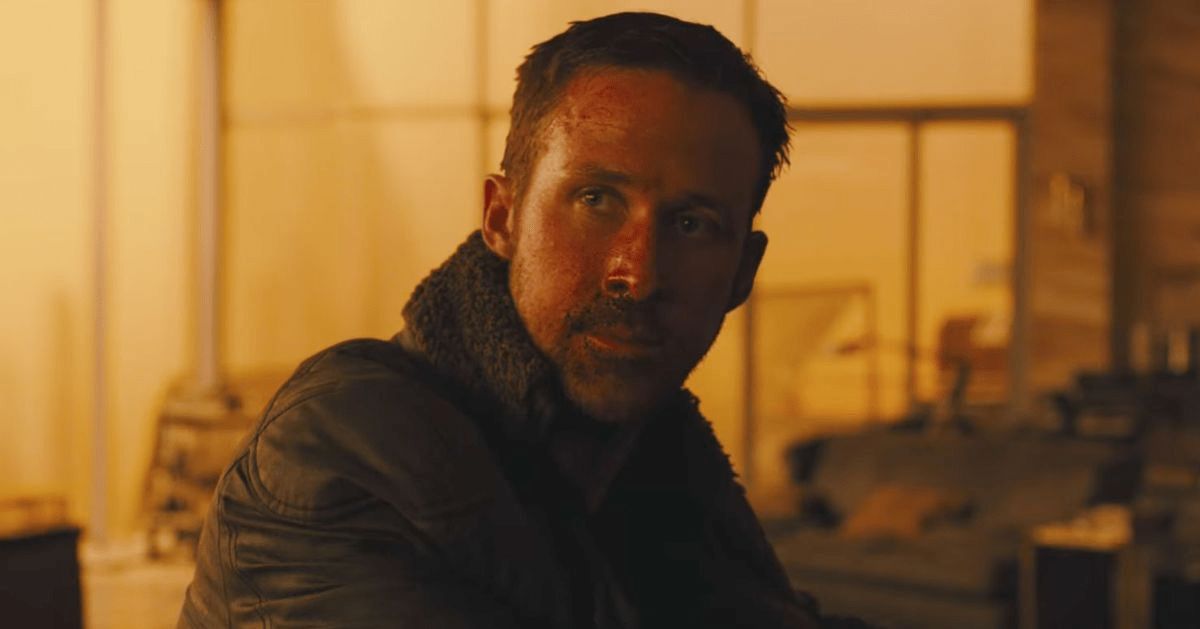
It’s an incredibly dark film, and yet the culmination, the ending of the movie is such a powerful moment of hope,
. This isn’t just sci-fi; it’s philosophy wrapped in celluloid (or whatever they use nowadays).
The Artistic Tightrope Walk That Is Denis Villeneuve’s Sci-Fi
In summary, mastering Villeneuve’s brand of sci-fi is like trying to juggle flaming swords while riding a unicycle – sounds impossible but oh-so glorious if you can pull it off. So next time you sit down for one of his films, remember these five steps and appreciate the craft behind every frame. Just don’t try to replicate it unless you’re ready for some serious mental gymnastics – or at least have access to some high-quality CGI.
 Follow Us
Follow Us

![It's Coming Review Paranormal Activity, The Documentary [Hot Docs 2023]](https://tvovermind.com/wp-content/uploads/2023/05/Its-Coming-Review-Paranormal-Activity-The-Documentary-Hot-Docs-2023-370x194.jpg)

